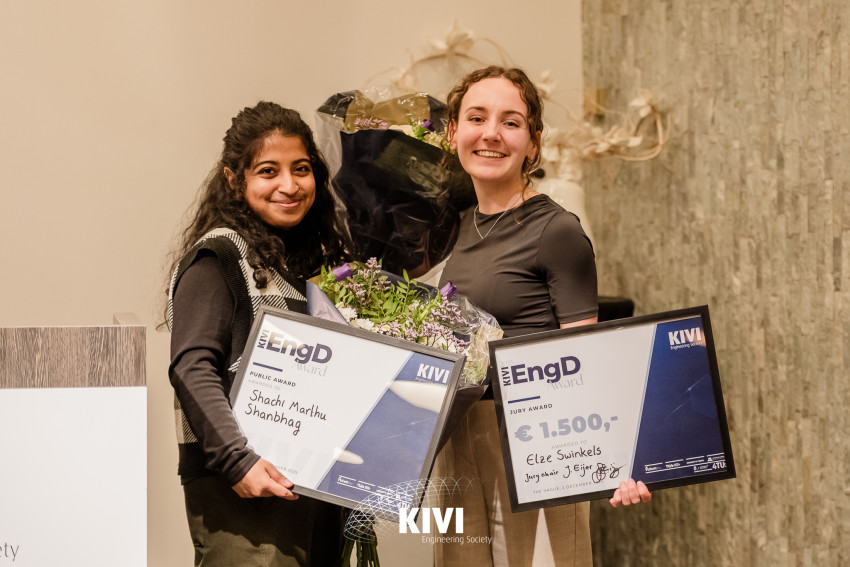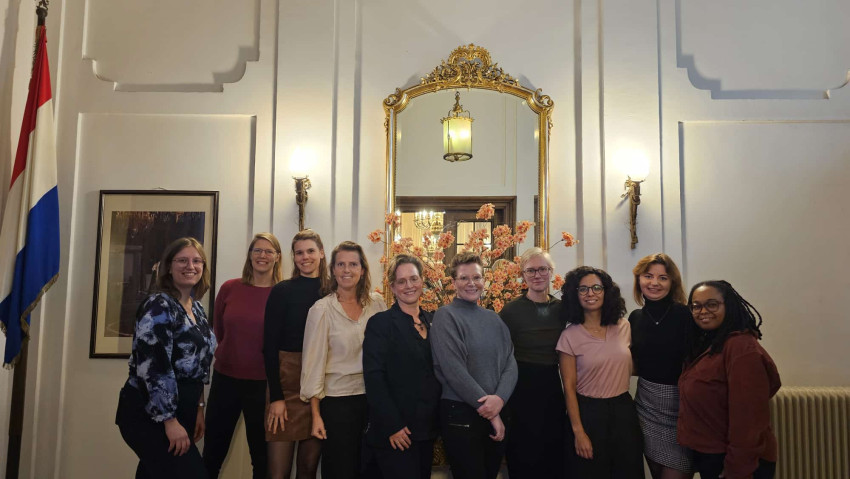
The annual Jacobus Van ‘t Hoff lecture, organized by the TU Delft Process Technology Institute took place on June 20. This year’s speaker was Ronald R. Chance (Algenol Biotech and Georgia Institute of Technology), whose lecture was titled ‘Carbon Capture and Utilization in Algae-Based Biofuel Production‘.
His company actuallu uses cyanobacteria, but the difference is small. These bacteria – like algae – capture CO2 and metabolize it into biomass, using sunlight as an energy source. But they also – and here it becomes interesting – produce minute amounts of ethanol, through what is called internal fermentation.
Read on
Of course normally most of the carbon from the CO2 is used to produce more cyanobacteria. Algenols first claim to fame is to genetically modify the cyanobacteria to overexpress genes for the enzymes pyruvate decarboxylase (PDC) and alcohol dehydrogenase (ADH). As a result, 80% of the carbon now goes into the production of ethanol. This, by the way, also ensures that these GMOs could not compete in nature, if they were to escape the reactor. Their second claim to fame is their acres and acres of bio reactors that allow maximum concentration of cyanobacteria with a minimum of shadow effect. Their reactors must be of the closed type, of course, because in an open type reactor any produced ethanol would evaporate. All this, however, still results in a solution that can never be more than 2% ethanol in water. Any higher concentration and the bacteria will die. You may think that concentrating 1% ethanol to ‘fuel grade’ will need more energy than the energy content of the product, but their third claim to fame is a cost effective way of carrying out this step. Google “Vapor Compression Steam Stripping” (with the quote marks) and their patent will appear at the top of the list.


